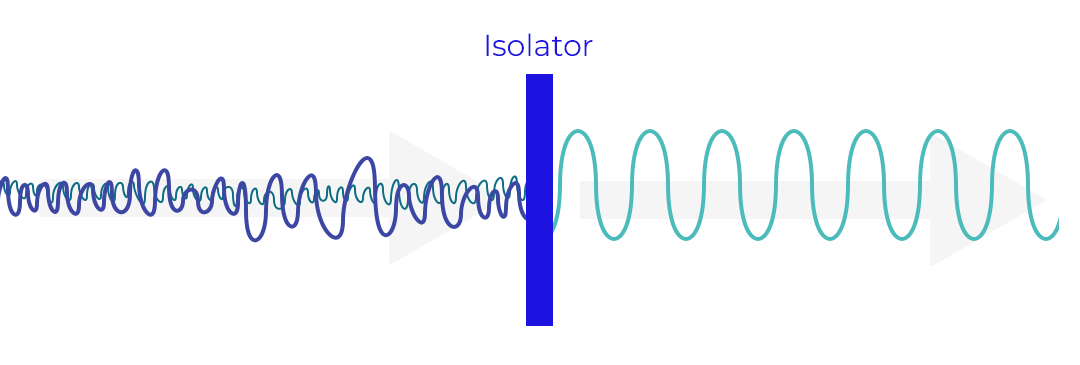The textbook definition of a smart antenna is “an antenna array with digital signal processing algorithms, which identify spatial signatures.” Using these spatial signatures, the smart antenna calculates beamforming vectors, which are then used to track and locate the antenna beam on a mobile or target.
Just as the phrase implies, signal processing algorithms are sequences of computer-implementable instructions for analyzing, modifying, and synthesizing signals (in this case, radiofrequency signals). A spatial signal signature is a response vector of an antenna to a mobile unit at a certain location. An example of a signal signature would be a signal’s direction of arrival (DOA). Calculating a DOA involves finding a spatial spectrum of antenna array and defining its peaks. Because the computations are very intensive, the smart antenna’s signal processing algorithms prove to be very useful.
Some of the most common smart antenna applications include acoustic signal processing, track and scan radar, and cellular systems such as 5G and LTE. The main difference between reconfigurable antennas and smart antennas is that reconfigurable antennas are single-element antennas instead of antenna arrays.
The two main types of smart antennas are switched-beam smart antennas and and adaptive arrays.
Switched-beam systems can choose from one of many predefined patterns in order to enhance the received signal. The overall goal of the switched-beam system is to increase the gain according to the location of the user.
In a previous post, we briefly explained that adaptive beamformers adjust to differing situations in order to maximize or minimize signal-to-interference-plus-noise ratio (SINR), which helps measure the quality of wireless communication.

Smart antennas provide many benefits.
The main benefit of smart antenna systems is its ability to simultaneously increase the useful receiving signal and lower the interference level, increasing the signal-to-interference ratio (SIR) in more densely populated areas. Smart antennas can essentially filter out the unwanted noise made by other users in the system so that important signals can be transmitted and received clearly.
Additionally, because smart antennas are more directional than omnidirectional and sectorized antennas, they can focus their energy toward the intended users, instead of wasting it by directing it in unnecessary directions. This means that base stations can be spaced further apart, as they would be in less-populated areas.
Smart antennas are also harder to tap into. In order to successfully tap into the connection, the intruder must be positioned in the same direction as their user as seen from the base station. Consequently, smart antennas provide more security, making them extremely vital in the present day, where organizations and individuals routinely transmit confidential information to one another.
Lastly, smart antennas’ spatial detection capabilities allow for geo-location services. For example, they can locate humans in emergency situations.
Smart antennas also have their limitations.
Smart antenna transceivers are much more complex than those of traditional base station transceivers in that smart antennas need separate transceiver chains for each array antenna element. This also means that that each transceiver needs to be accurately calibrated at all times. Additionally, smart antenna base stations must be equipped with very powerful digital signal processors to handle the computationally-intensive beamforming. This translates to higher costs in the short-term, however, the benefits will outweigh the costs over time.
Latest Posts

Improving Antenna Performance with RFoF
RF over fiber, simplified as ‘RFoF,’ is the method of converting a radio wave (RF) into light by modulating the intensity of the light source (typically a laser) with RF signal.

What is Signal Conditioning?
Signal conditioning is one of the most important components to any sensing system. In this post, we introduce the concept of signal conditioning, as well as give examples of different types of signal conditioners.

The Outlook on Flat Panel Antennas
As the name suggests, a flat panel antenna, or FPA, is a simple directional antenna that is low-profile.
